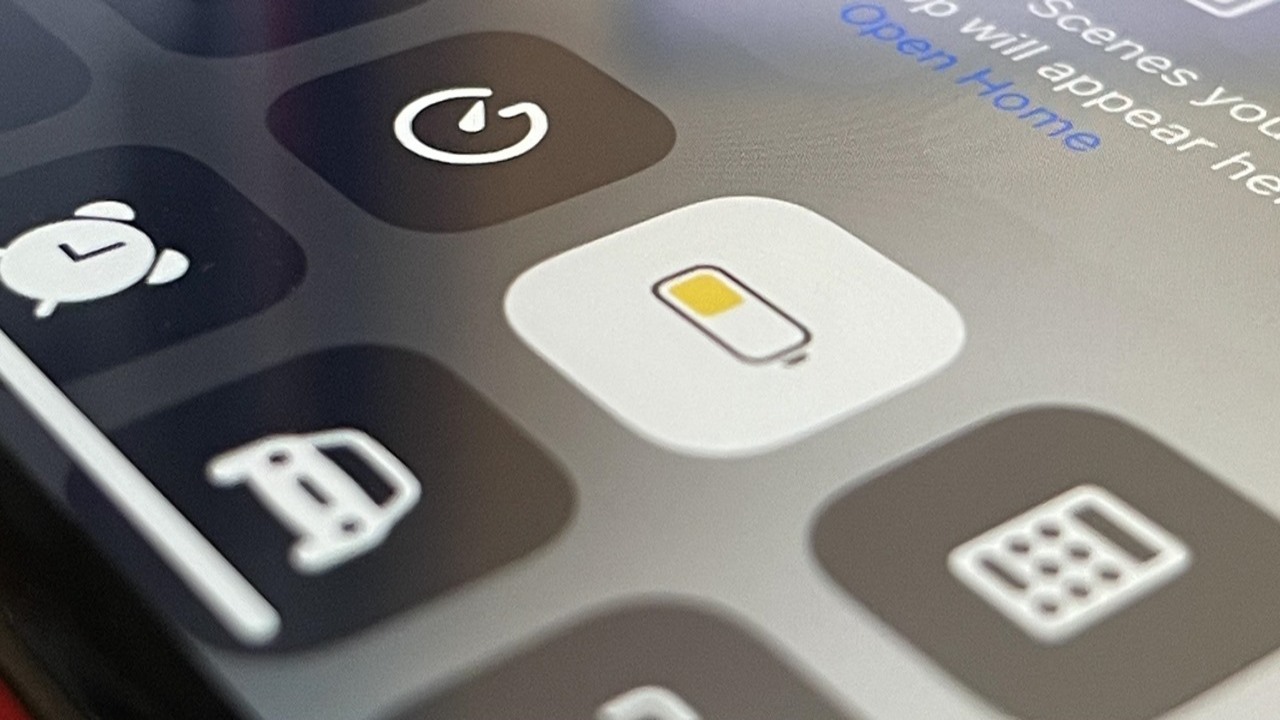Low Power Mode, one of the solutions frequently used by smartphone users to extend battery life, provides benefits in short-term use, but leaving this feature on continuously negatively affects device performance.
Low Power Mode damages the user experience
This mode, which allows phones to stay on longer by limiting power consumption, can cause unexpected performance drops, application problems, and delayed notifications. Low Power Mode not only reduces the phone’s background processes, but also limits the processor power.

This limitation reduces the opening speed of apps, slows down animations and creates a feeling of sluggishness in general use. This effect may not be noticeable in everyday use, but becomes apparent in tasks that require processing power, such as scrolling through social media feeds and editing photos.
For users who play mobile games, the situation is more serious. In low power mode, frame rates drop and touch responses are delayed, which directly affects the gaming experience. In addition to performance loss, applications do not work as expected, which is another problem.
Many applications work in the background to synchronise data, update location or bring new notifications. Since Low Power mode limits these processes, e-mail applications do not show new messages, navigation applications have difficulty updating the location, or video applications can stop spontaneously.
Delayed notifications can have more serious consequences for users. Messaging applications based on real-time communication, two-factor authentication codes used in banking transactions, or emergency notifications can be delayed in low power mode.
The battery savings offered by Low Power Mode, which is permanently switched on, are not as great as expected. Modern phones are already designed to manage power according to usage. Instead of leaving this mode on all the time to maintain battery health, it is more effective to improve charging habits and make minor optimisations in device settings.














